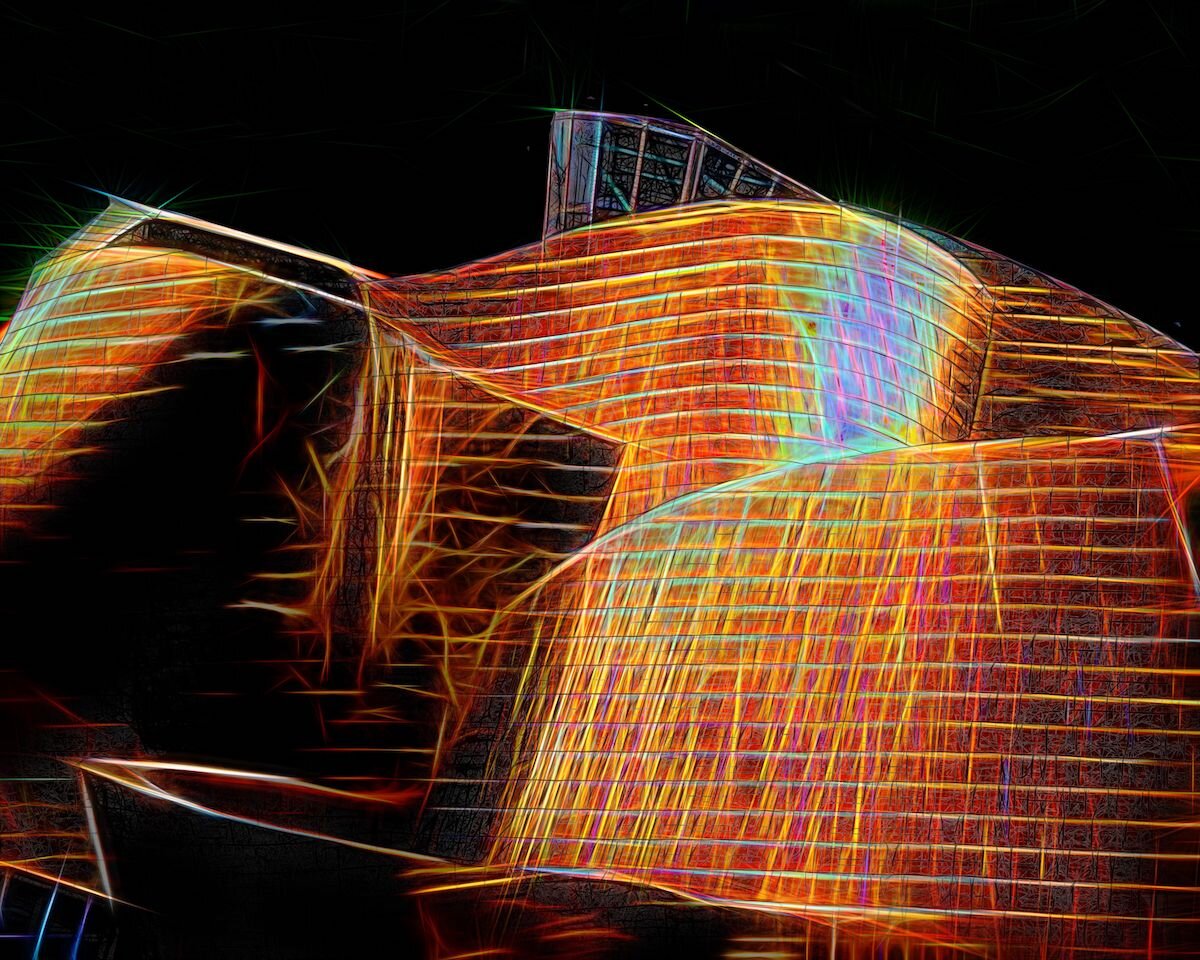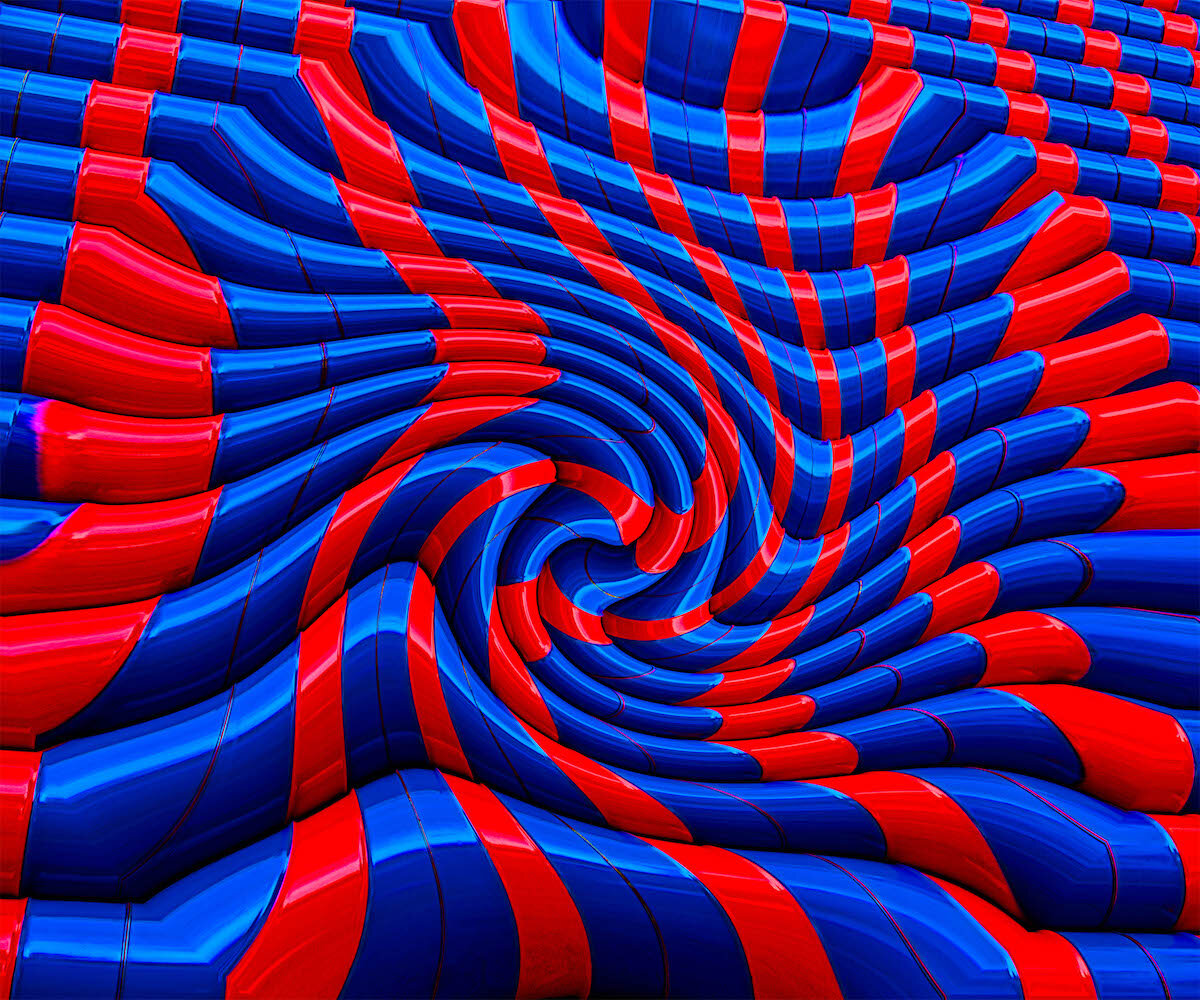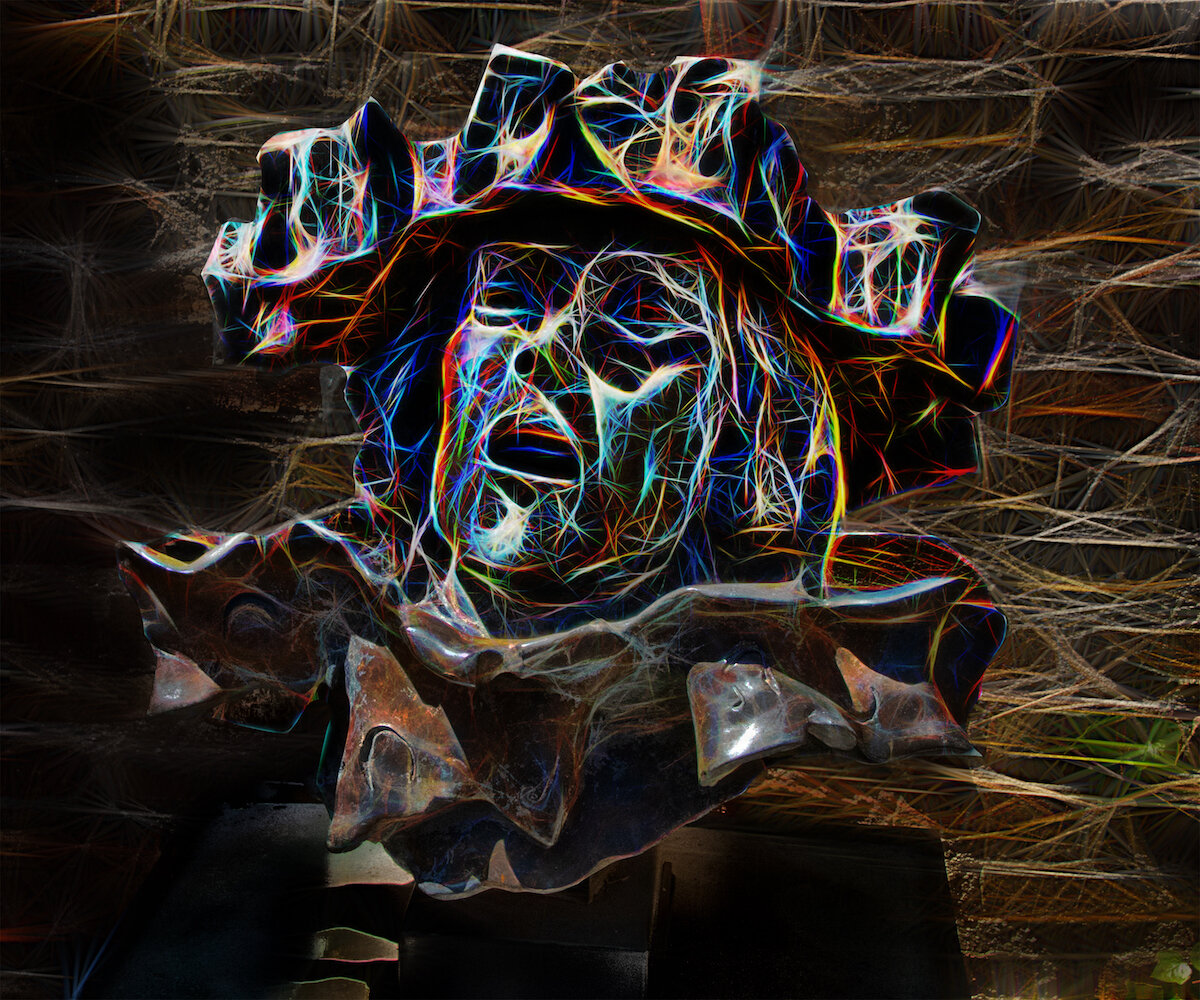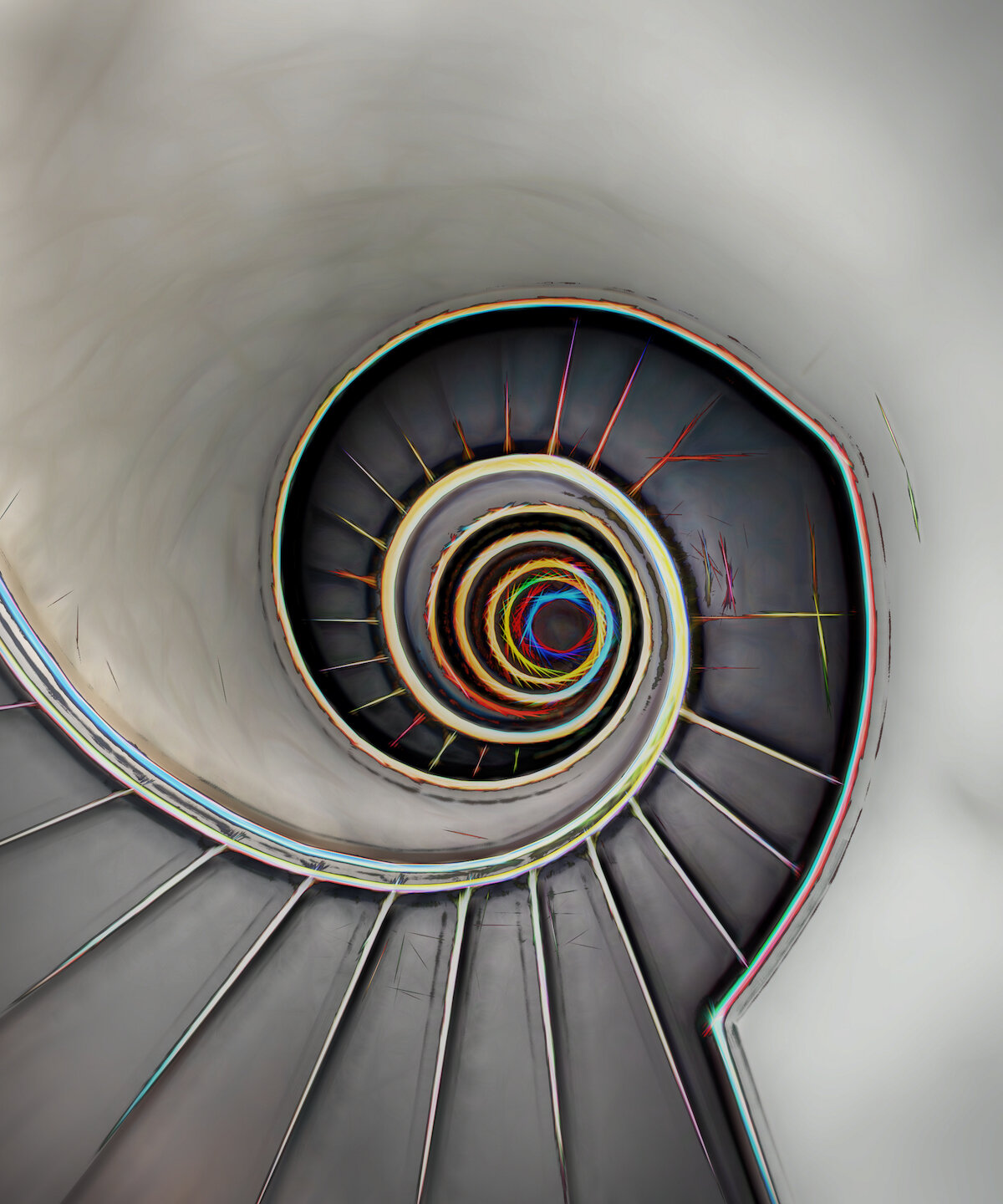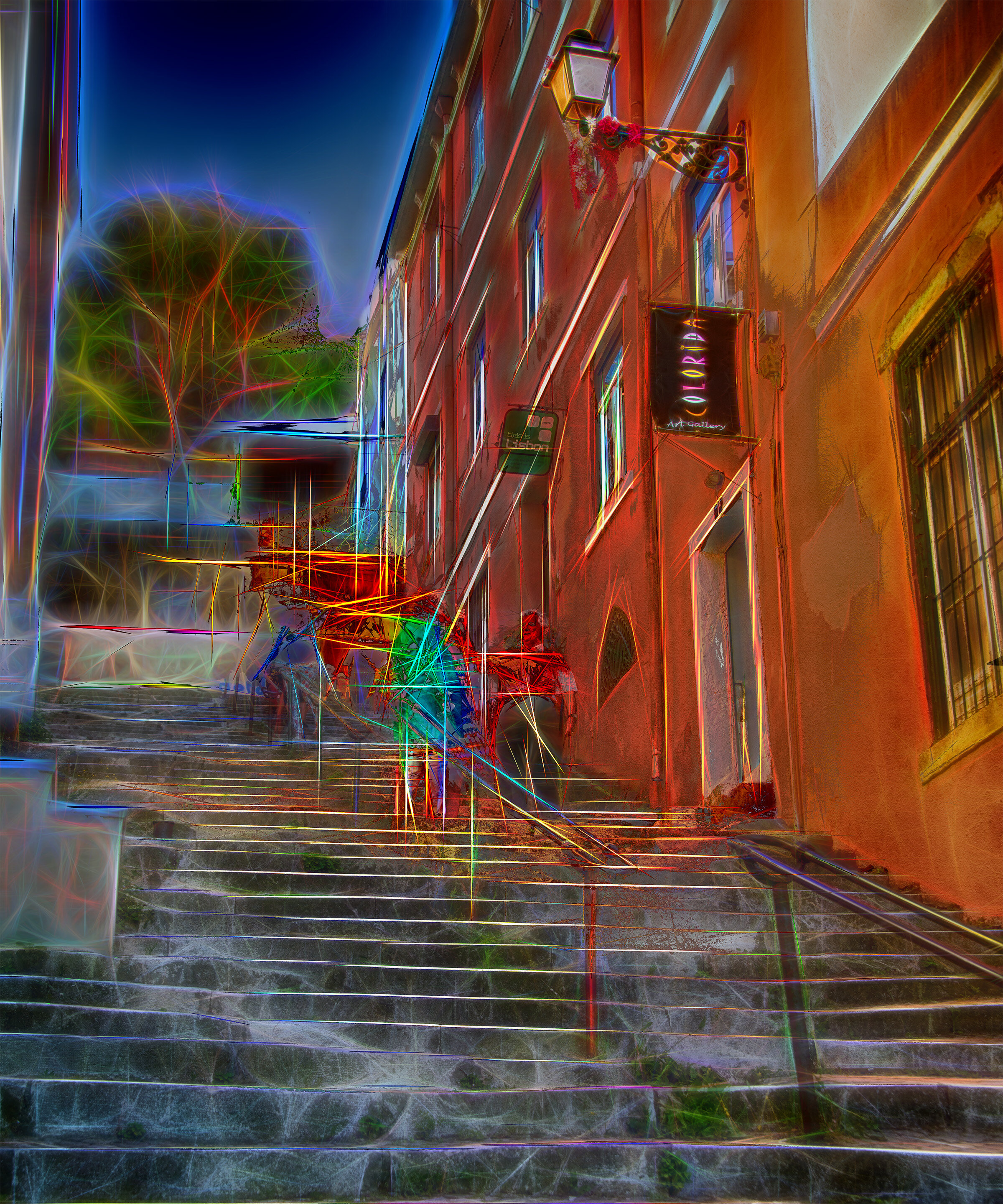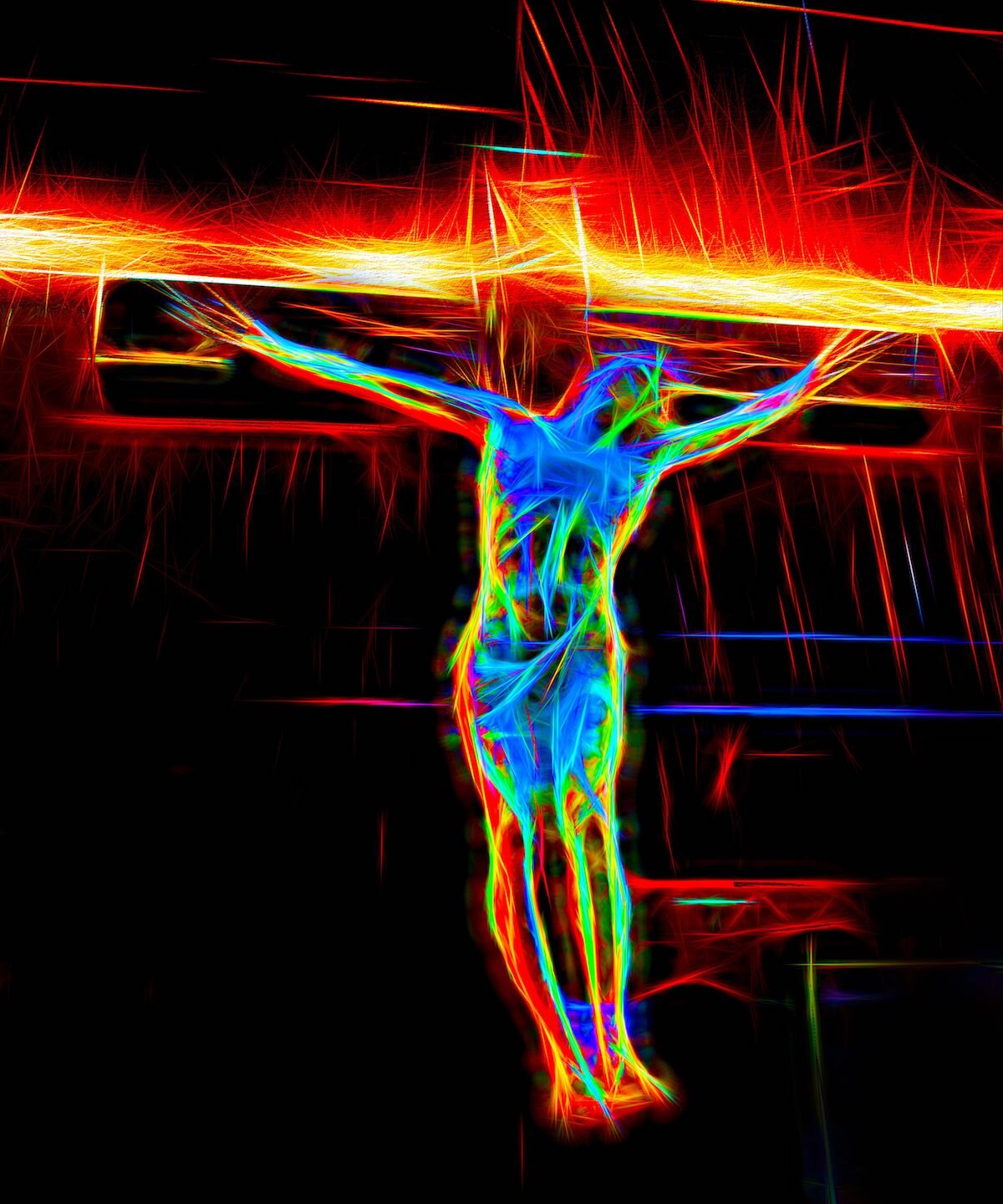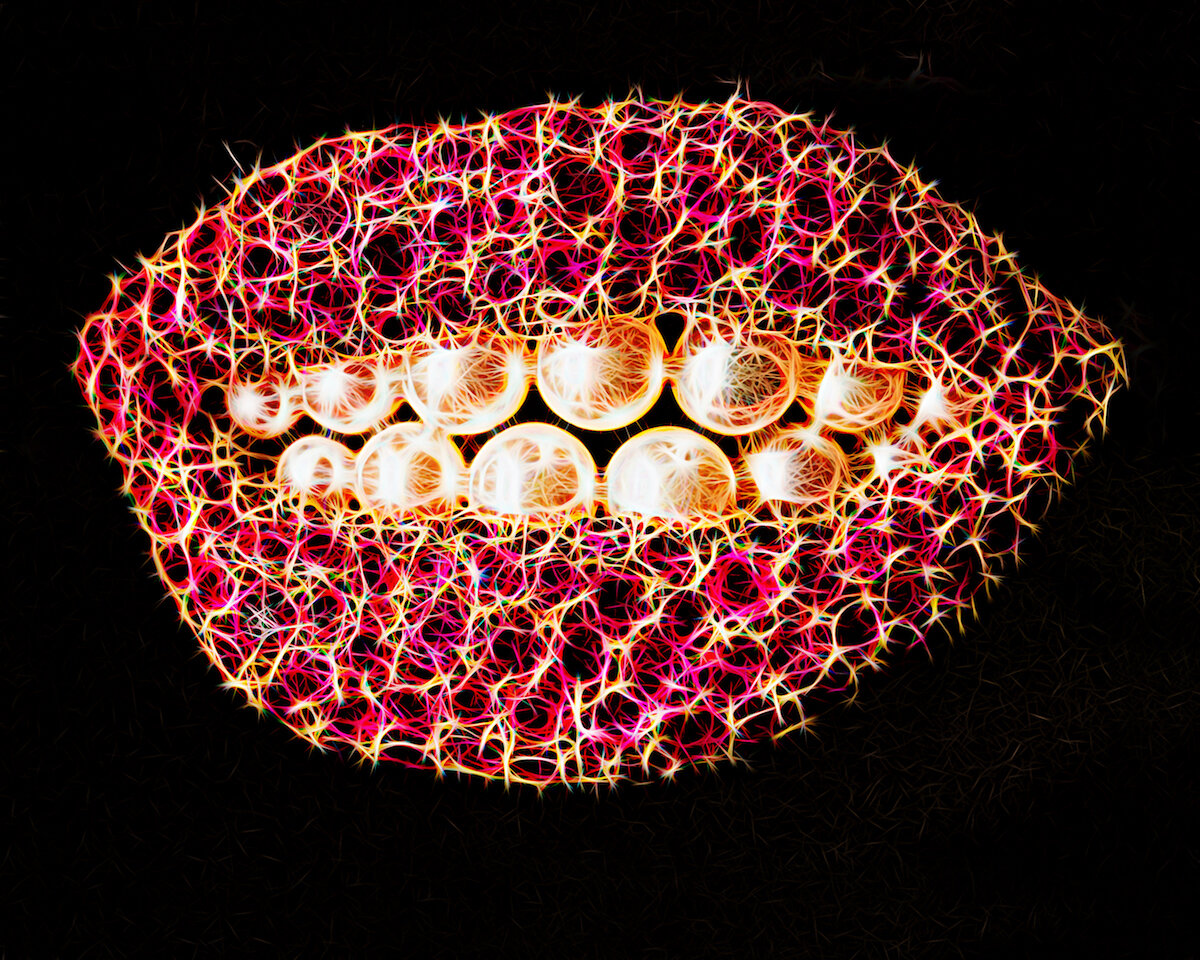Interview with Howard Harris
A Denver Colorado USA native, Mr. Harris has lived and worked in Kansas City, New York and Boston before returning to Denver to establish an integrated direct-marketing company. For over 35 years, he has been a practicing designer and marketer working with the understanding that design is defined as art that you do for others. Since retiring from the direct-marketing world Mr. Harris is now focusing on dimensional photographic fine art. Mr. Harris shows in galleries across the United States and Europe.
Education:
Pratt Institute - Master of Industrial Design
Kansas City Art Institute - Bachelor of Fine Arts
University of Missouri - Economics and Computer Sciences
Rochester Institute of Technology - Sublimation Color Research
University of Utah - Certified Marketing Executive
Northwestern University - Certified Graphic Arts Financial Management
Could you please introduce yourself and tell us how you started in the arts? and your first experience in art making?
I started in the arts when my grandmother gave me my first real camera. I was eight years old and wanted to create images like Man Ray, Ansel Adams and Weston. Yes, I knew who they were and was fascinated by the imagery and technology. After failing to attain images that were even close to those of my photographic heroes, I tried my hand at painting, ceramics and sculpture. I failed at painting but succeeded in sculpture and ceramics. Even at this early age I knew art was in my future.
How would you describe yourself and your artwork?
I would describe myself as one who loves the beauty of the world and all the technologies that help create what one can only imagine. And it is the depiction of images in my imagination where I begin my art adventure. My art uses photographic technologies to capture a moment in time. Then I attempt to expand that moment. The image engages the viewer’s natural eye-brain function called parallax. I also play with negative and positive spacing to create the illusion of depth. Overall, the combination of human functions and visual technologies creates an image that is unique to each individual, lighting situation and viewing environment. I use various technologies to combine three basic elements, aluminum, acrylic and the viewer to create what one sees as my art.
Where do you get your inspiration from?
Inspiration comes most often from my travels viewing all the beauty the world has to offer. My fascination includes the macro of landscapes and the micro of fractal forms. The world of things constantly inspires me. As does the process of creating the “art”. Most often the imagery takes over and creates itself. Sounds odd but I become the conduit for the image. So, I only help the image become what it wants to be. My formal art education probably also plays a conscious or unconscious role in guiding the ultimate result.
What emotions do you hope the viewers experience when looking at your art?
I hope that each viewer has their own unique emotion/experience when viewing my art. I don’t intend to evoke a fixed set of emotions. I only act as a conduit for the viewer to experience the moment in time I captured. However, one emotional response that seems to be most prevalent is surprise. Words like, “I have never seen anything like this before” seem to be the reaction that is heard time and time again.
When do you know that an artwork is finished?
Simply stated, I am not sure my artwork is ever finished. I know that I must stop when the show is about to begin and when I feel that the work becomes too confusing or when the work hits the garbage can, but even then, I don’t stop thinking about it. And even though my work is most often produced in editions no two pieces are ever exactly the same. I print the images on demand and with each new printing I can’t resist making changes.
What has been the most exciting moment in your art career so far?
I have had so many exciting moments it is hard to choose which one has been the most exciting. However, if I must choose, I think the most exciting and the scariest moment was when I realized that I can now produce “art” for myself. I became my own client. Unlike, what I have been doing for most of my arts (marketing and design) career when I was producing art for others.
How long does it take to produce one work?
Sometimes the image reveals itself quickly, meaning 1 to 2 weeks. Other times it takes many months to create. And this timing doesn’t include the months of travel, taking photos and many months of editing, sorting and selecting the “art” worthy images. The actual technology and construction of the final image takes an additional 3 to 4 weeks.
What exciting projects are you working on right now?
Currently I am working on the images I have taken throughout Italy. I spent a month traveling from the Northern Tuscany region down to the South Amalfi coast. I am also in the final selection and production phase of editing images for my upcoming show based on images from Portugal and Spain.
Email: h-harris@live.com
Website: www.hharrisphoto.com
Instagram: @HowardHarrisPhotoart.com
Facebook: @HowardHarrisPhotoArt


